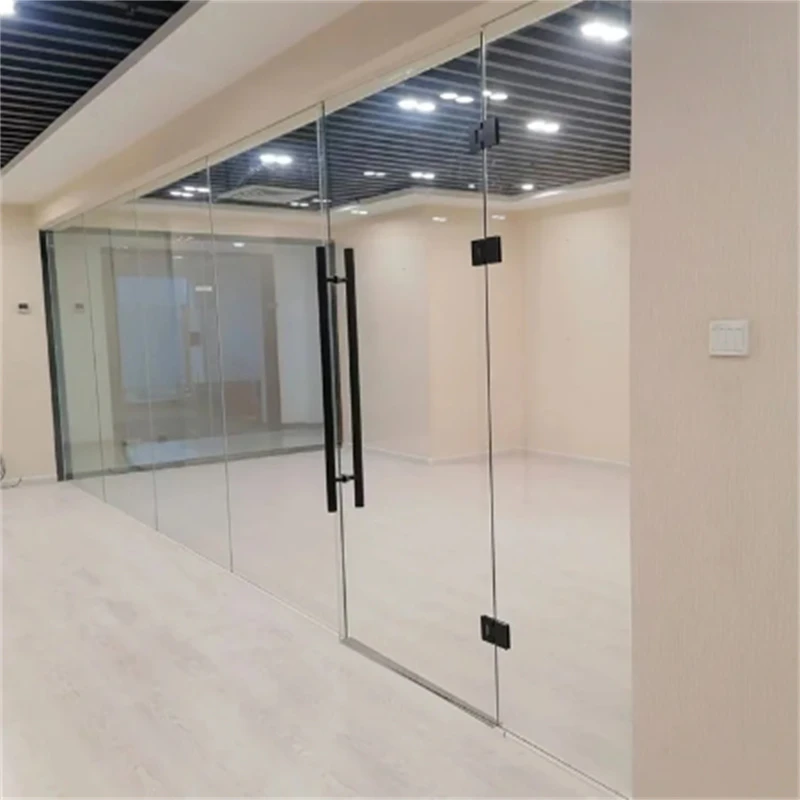Dec . 12, 2024 09:31 Back to list
infrared reflecting laminated glass
Exploring the Benefits and Applications of Infrared Reflecting Laminated Glass
In recent years, the demand for energy-efficient building materials has surged, driven by an increased awareness of environmental issues and the need for sustainable construction practices. One innovative solution that has emerged in the glass industry is infrared reflecting laminated glass. This specialized type of glass offers numerous benefits in terms of energy efficiency, comfort, and safety, making it an attractive choice for architects, designers, and building owners.
Understanding Infrared Reflecting Laminated Glass
Infrared reflecting laminated glass is a composite material designed to reflect a significant portion of infrared radiation while allowing visible light to pass through. This is achieved by applying a thin layer of metallic or other reflective coatings on the surface of the glass. The laminated structure typically consists of two or more glass panes bonded together with a plastic interlayer, providing added strength and safety. This combination not only enhances thermal performance but also ensures that the glass remains intact in the event of breakage, reducing the risk of injury and property damage.
Energy Efficiency and Comfort
One of the primary advantages of infrared reflecting laminated glass is its ability to improve energy efficiency in buildings. By reflecting infrared radiation, it reduces the amount of heat that enters a space, which can significantly lower cooling costs during hot seasons. This is particularly beneficial for large commercial buildings and structures in warm climates, where air conditioning expenses can be substantial.
Moreover, this type of glass helps maintain a comfortable indoor temperature by minimizing temperature fluctuations. As infrared radiation is effectively blocked, occupants are less likely to experience discomfort from heat and glare. This can lead to improved productivity in workspaces and a generally more pleasant living environment.
Environmental Impact
With the increasing emphasis on sustainability, infrared reflecting laminated glass plays a crucial role in reducing the carbon footprint of buildings. By lowering energy consumption for heating and cooling, this material contributes to a decrease in greenhouse gas emissions associated with electricity production. Additionally, many manufacturers of laminated glass embrace eco-friendly practices, such as using recycled materials and non-toxic coatings, further enhancing their environmental benefits.
infrared reflecting laminated glass

Applications in Architecture and Design
Infrared reflecting laminated glass has a wide range of applications across various architectural designs. It is commonly used in commercial buildings such as office complexes, shopping centers, and hotels, where large expanses of glass are needed for aesthetic appeal and natural lighting. Additionally, this type of glass is increasingly being utilized in residential projects, particularly in areas where energy efficiency is a priority.
In modern architectural design, the aesthetic qualities of infrared reflecting laminated glass cannot be overlooked. The sleek, reflective surfaces can enhance the overall appearance of a building while allowing architects to create innovative designs that take advantage of natural light. The versatility of this glass also permits various finishes and tints, enabling customization to meet specific design goals.
Safety and Security Features
Another essential benefit of infrared reflecting laminated glass is its inherent safety features. The laminated structure provides increased resistance to impact, making it an ideal choice for areas prone to severe weather or potential vandalism. In the event of breakage, the glass shatters into smaller, less dangerous pieces, reducing the risk of injury.
Furthermore, the reflective properties of this glass contribute to privacy without compromising natural light. This makes it especially suitable for buildings located in densely populated areas where overlooking is a concern.
Conclusion
Infrared reflecting laminated glass represents a significant advancement in glass technology, offering a combination of energy efficiency, comfort, aesthetic appeal, safety, and sustainability. As architects and builders continue to prioritize environmentally friendly materials, the use of this glass will likely become more widespread. Its ability to minimize energy consumption while providing a high level of comfort and safety makes it an indispensable option in modern construction. With ongoing innovations in glass technology, infrared reflecting laminated glass stands out as a leading choice for creating sustainable, beautiful, and efficient spaces.
-
Safety and Style with Premium Laminated Glass Solutions
NewsJun.24,2025
-
Reinvents Security with Premium Wired Glass
NewsJun.24,2025
-
Premium Float Glass Line for Modern Architecture
NewsJun.24,2025
-
Low Emissivity Glass for Energy-Efficient Architecture
NewsJun.24,2025
-
High-Performance Insulated Glass Solutions for Modern Architecture
NewsJun.24,2025
-
Elevates Interior Style with Premium Silver Mirror
NewsJun.24,2025
Related PRODUCTS














